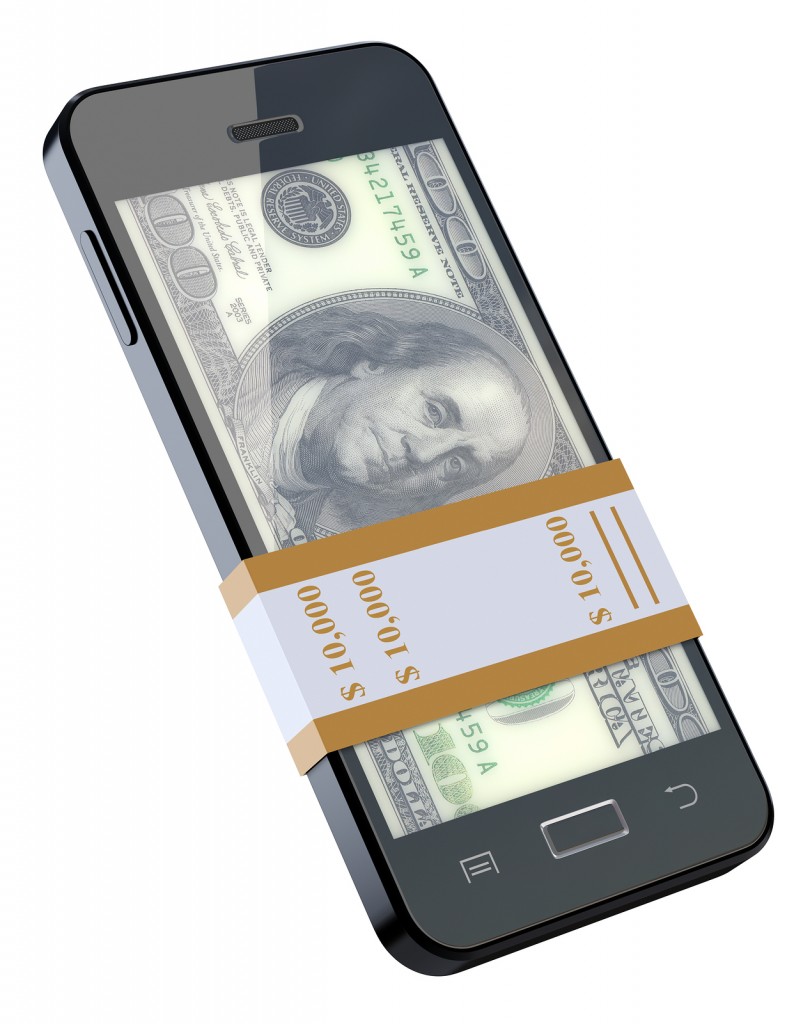Mobile commerce continues to grow with consumers
It is no secret that mobile commerce is becoming much more than a trend around the world. Tech-savvy consumers have flocked to the concept of mobile payments and even those without smartphones and tablets are finding ways to purchase products online with their mobile devices. There is a significant level of buzz surrounding the mobile commerce space currently, which has encouraged large companies to enter into this scene in order to find success. Amazon is one of these companies.
Amazon announced new affiliate program for app developers
Amazon already boasts of one of the strongest presences in e-commerce, but the company has been growing more interested in the mobile sector in recent years. The company has been involved in its own mobile payments initiatives, but is now taking a step to get applications developers more involved in mobile commerce. Amazon has announced a new program that will provide developers with a 6% commission on all products that are features in their applications. The program will be restricted to Android applications for the time being.
 Affiliate program proves successful for Amazon
Affiliate program proves successful for Amazon
Amazon currently boats of some 900,000 affiliates that account for approximately 40% of the company’s revenue. These affiliates are paid a commission for featuring Amazon advertisements on their websites and commissions tend to range from 4% to 25%. The company’s affiliate program has been very popular and quite lucrative. Amazon believes that it can bolster its mobile commerce market share by mimicking this program in other sectors, such as the applications market.
Mobile commerce venture may boost Amazon’s market share
Given the popularity of applications, Amazon may be able to find some success with its latest mobile commerce initiative. It will also provide developers with a way to become more acclimated to the mobile payments scene. Consumers have already shown their interest in mobile commerce, so Amazon intends to capitalize on this by providing them with more ways to purchase products online.

 Smartphones account for majority of sales
Smartphones account for majority of sales